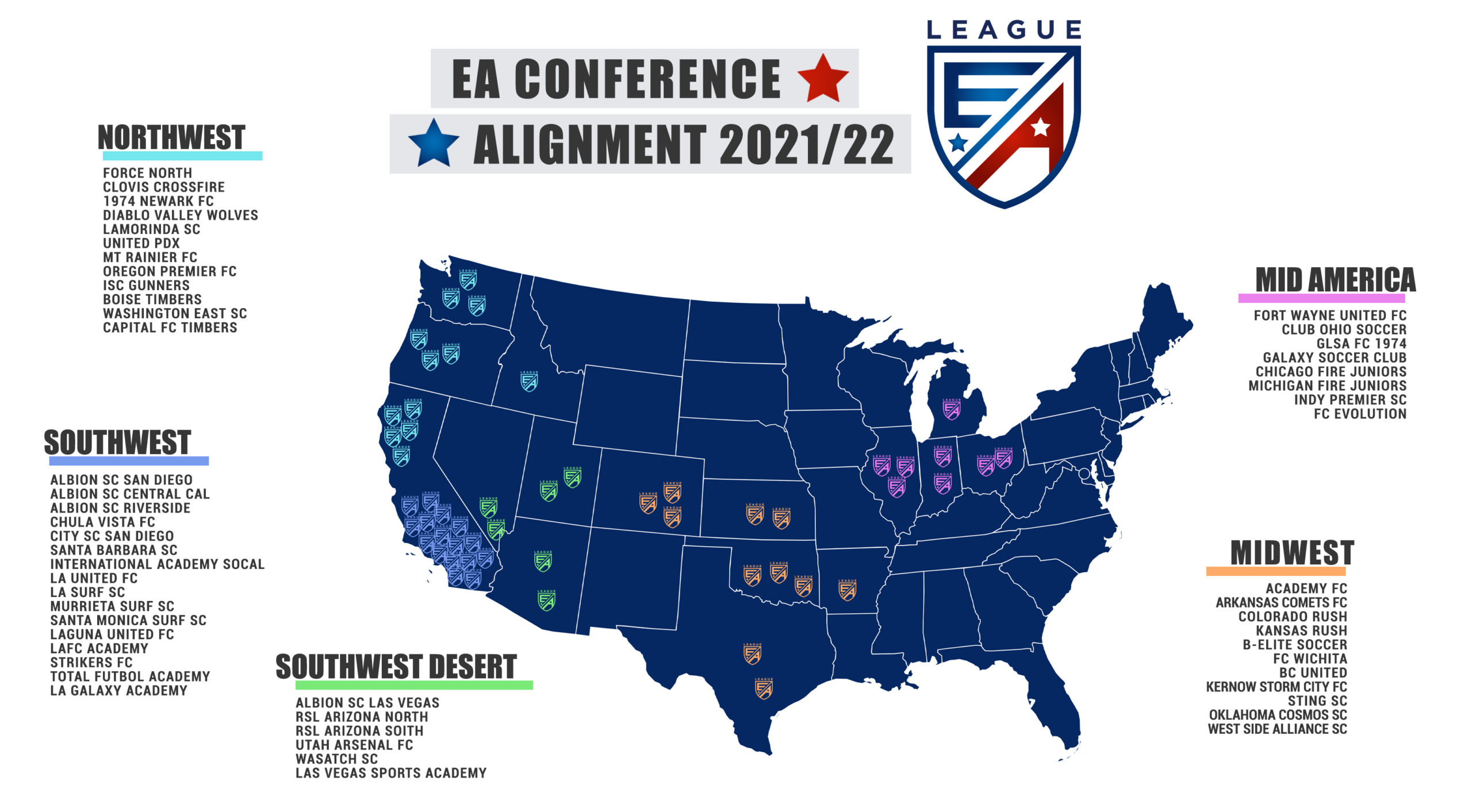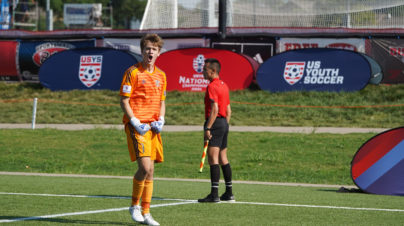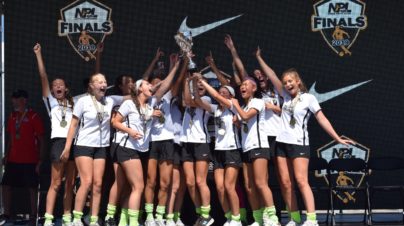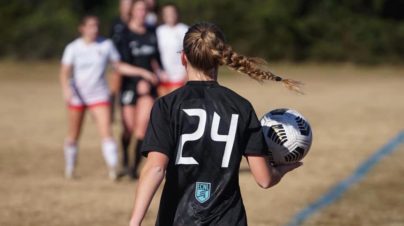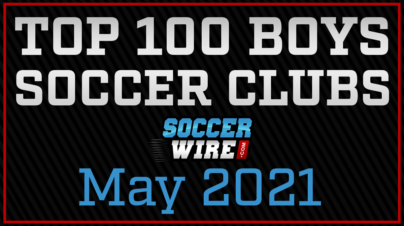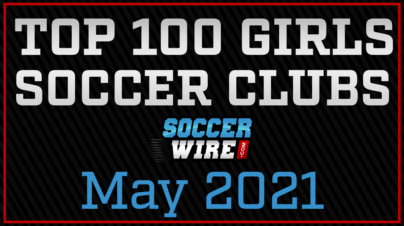What exactly is the Elite Academy League (EA)?
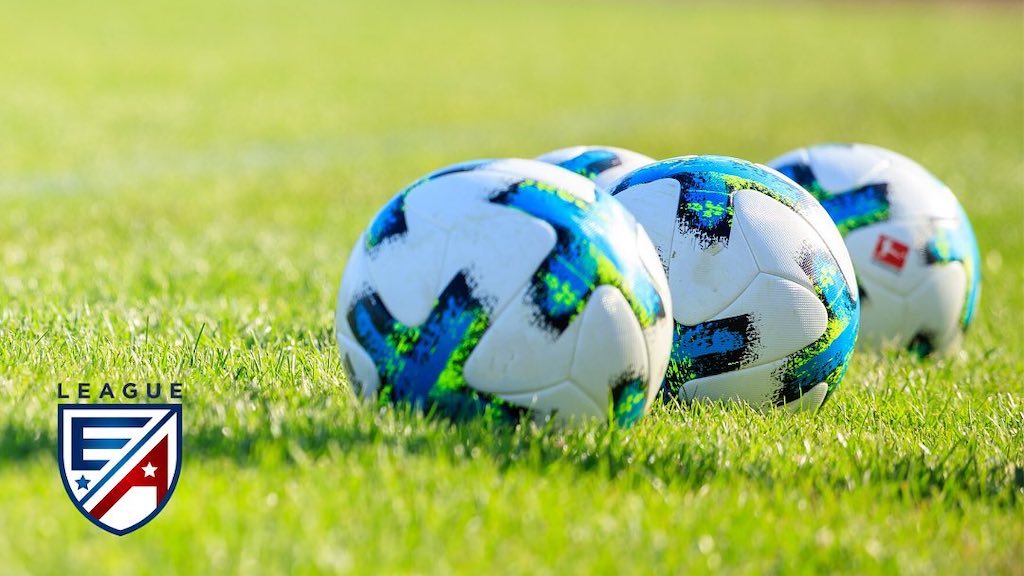
In the last couple of years, the elite boys soccer youth landscape in America has drastically changed. Between the dissolution of the U.S. Soccer Development Academy, the birth of the new MLS NEXT platform and the evolution of ECNL Boys, it can be difficult to keep up with the different leagues and the unique experiences each offers.
Now added into the mix is a new national developmental league, called the Elite Academy League (EA). But what exactly is the Elite Academy League, and what benefits does it provide to clubs and players?
History & Purpose
The Elite Academy League is an up-and-coming boys development league that launched in the 2020-21 season. In its inaugural year, the league operated two divisions on opposite sides of the country. The Northeast Divis Conference on the East Coast featured 10 clubs from New York, Connecticut and New Jersey, while the Southwest Confernce featured 12 clubs all hailing from Southern California. With a few exceptions, the vast majority of the founding clubs all also field teams at a higher level of competition, primarily the MLS NEXT.
For the 2021-22 season, the Elite Academy League is executing a major expansion, adding new conferences in all corners of the country. Unlike the founding members, a vast majority of the announced new clubs for the 2021-22 season do not already have teams playing in either MLS NEXT or ECNL, making the Elite Academy the sole national platform for numerous clubs.
This mixture of high-level clubs in addition to up-and-coming clubs will help the Elite Academy pursue their ultimate goal: “to offer [a] top National Platform to provide Elite clubs with a standards based league to produce better clubs, better coaches, better players, and offer [a] better game day environment.”
For clubs that already have MLS NEXT teams, it provides another pathway for players and coaches within the organization to compete with a similar competition structure and exposure level to that of their top team. For the organizations that plan to play their top teams at the Elite Academy level, it’s an opportunity to prove their club’s worth on a National level while helping the players in their organization get more opportunities to get in front of college coaches in ways not possible by more geographically-restricted leagues.
Season Structure
Similar to the ECNL and MLS NEXT leagues, the Elite Academy is split into localized divisions (almost all of which include teams from multiple states), with the opportunity to attend National events where teams from across the country can play each other. All teams play a double round-robin regular season, where they play each club in their division once at home and once on the road. Many conferences have incorporated their schedule to fit around the high school soccer season, although the schedule is determined by each conference and a high school break will be given on a case-by-case basis.
Also similar to ECNL and MLS NEXT, the Elite Academy League will host National Events for the U15-U19 age groups where teams will each play three crossover games that contribute to the league standings. Similarly, the U13-U14 age groups will be allowed to participate in Regional Events that include crossover games but against teams spanning a smaller geographical area. Using the results from the league games, the top U13-U19 teams will compete for their age groups National Championship, the first of which will take place in Dallas in early June 2022. These National Events and the National Championships will help get coaches eyeballs on elite players who might slip under the cracks due to not playing MLS NEXT or ECNL.
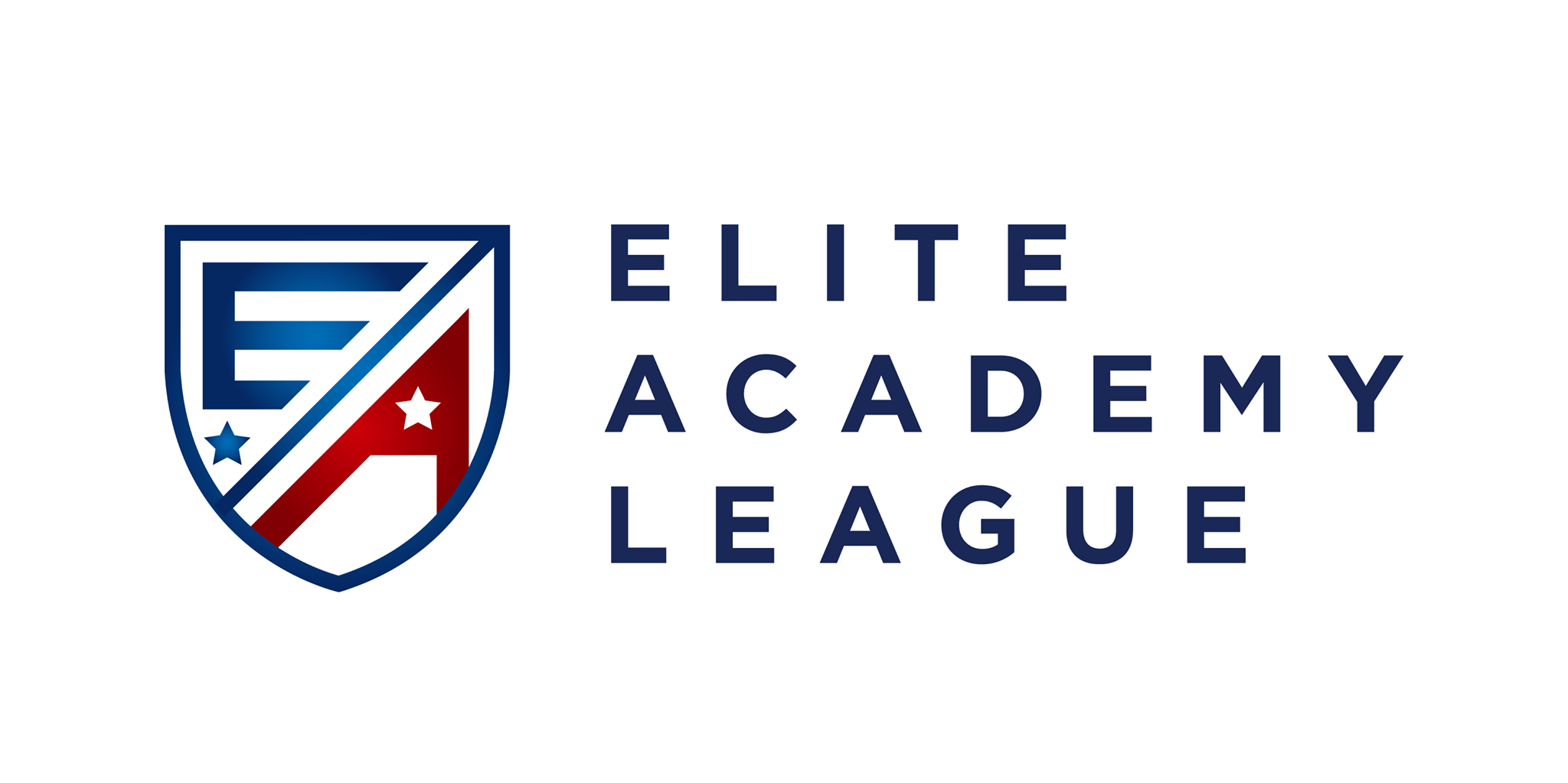
Competition Standards
One of the major draws to the Elite Academy is the professionalism they require for game day. Starting in the 2021-22 season, the home team will be required to film all matches for U15 and up and upload them to HUDL for video exchange. The matches will be full-length (45-minute halves) for U16-U19 and have 40-minute halves for U14-U15, same as MLS NEXT. The Elite Academy will also feature unlimited substitutions, limited to seven per half over the course of three substitution moments.
Elite Academy teams are highly recommended to host a minimum of three training sessions per week, but also one rest day per week. While players can play up an age group, all players, with the exception of goalkeepers, are limited to playing in one match on a given day. Additionally, if a player from an MLS NEXT team wants to play in an Elite Academy game, they must provide documentation that the given player played in less than half of their MLS NEXT game that weekend, following MLS NEXT guidelines. Teams are also expected (but not required) to provide a physical trainer, water stations and tents for both teams.
The high standards required by all clubs will help to not only add a new elite league for established clubs to expand to, but allow for clubs not already in an Elite National Platform to build out and expand their capabilities to improve their systems.
How Do I Join the Elite Academy?
The Elite Academy is rapidly expanding and new clubs are seemingly being announced every week. In the month of May alone, the Elite Academy has announced seven new members after announcing 11 new clubs in April. Prospective players can check follow the league’s membership updates on Instagram or head over to their website and find the conference in your area.
According to the Elite Academy League’s expansion plan, the league expects to operate in almost every area of the country, with exceptions in the Arkansas/Louisiana/Mississippi region and in the Dakotas/Montana/Wyoming region.

